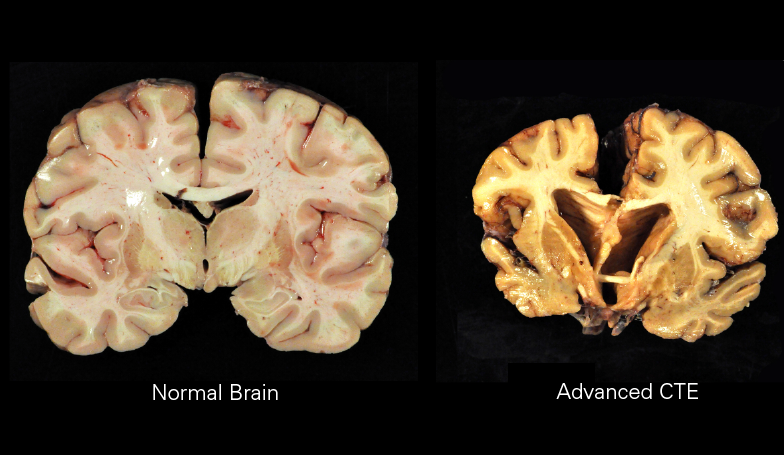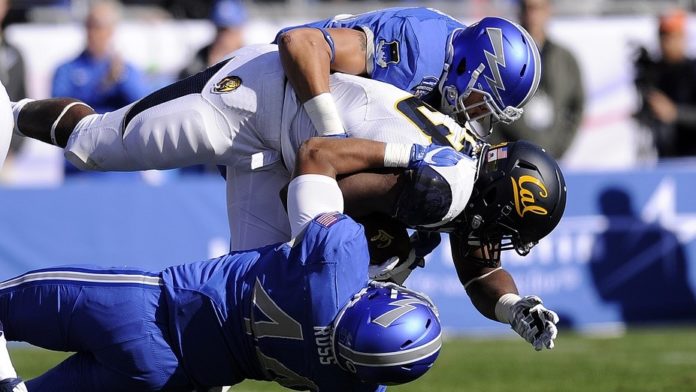When the topic of athletes’ brains comes up, most people think about collision sports at a pro level like football and hockey. Often overlooked are contact sports with a milder but still dangerous touch.
A new study from St. Michael’s Hospital in Toronto demonstrates that less aggressive games like soccer and basketball need consideration as well.
Researchers performed preseason brain scans on three cohorts of players from collision, contact, and non-contact sports. The distinction between collision and contact sports was defined by whether contact is an integral or optional part of the game.
Athletes involved in both contact and collision sports had evidence of differences in brain structure compared to players of non-contact sports, in addition to chemical markers indicative of brain injury. Unsurprisingly, these results were more pronounced amongst the collision sports cohort.
Areas of the brain involved in vision and motor function were also found to have been affected among the collision and contact cohorts.
Delays in the ‘subway’ of the brain
A major concern with brain injuries in athletes is the depletion of white matter. Also known as the ‘subway’ of the brain, white matter is made up of fibre tracts that make communication between different regions of grey matter efficient and speedy.
This paper noted that “white matter microstructure appears to be fundamentally distinct among athletes that are exposed to routine, purposeful body-to-body collisions.” However, the team also found that the microstructural effects on white matter from participation in collision sports are distinct from the pathophysiology of a more severe traumatic brain injury (TBI).
In plain language, this means that the risk associated with playing collision sports is not necessarily comparable to that of a major blow to the head – for now.
For young athletes, day-to-day functioning may be uninhibited, but scientists are concerned about the long-term effects of successive concussions because multiple injuries increase the risk of serious problems down the line.
CTE (chronic traumatic encephalopathy) is one of the more harrowing conditions that can manifest in players, even long past retirement. CTE sufferers can exhibit memory loss, violent behaviour, confusion, depression, suicidal thoughts and a lack of control over impulses.
A 2017 study of 202 brains donated to science by ex-footballers found that nearly 90% showed evidence of CTE.
Abnormalities in white matter formation and signalling have been linked to CTE, though the exact way in which white matter influences the progression to CTE from concussions remains unknown.
The authors note that there are limits to the study, ranging from the position of the player to the general level of physical impact in the sport itself.

Concussion awareness in soccer and basketball is lacking
Contact sports players are certainly not risk-free of developing CTE or related conditions. Games like soccer and basketball often miss consideration for the obvious reason that they’re not as brutal sports like hockey or football. Nonetheless, they pose a serious concussion threat.
A 2010 report found that 375,000 youths were hospitalized in the U.S. because of basketball-related injuries including a 70% increase in traumatic brain injuries during the study period (1997-2007).
FIFA, the world governing body for soccer, was criticized for the lack of follow-through on concussion protocols during the 2014 World Cup tournament; a study found that 63% of incidents were not handled properly.
Concern about brain injuries is growing across the spectrum of sports and it’s important to understand the associated risk of brain injury at all levels of contact.
The authors concluded that future research will need to create a classification system with different tiers of risk according to the severity of the sport so prospective athletes can make informed decisions about their career.
For the rest of us, it’s time we prioritized our athletes’ health over points on the scoreboard.








































